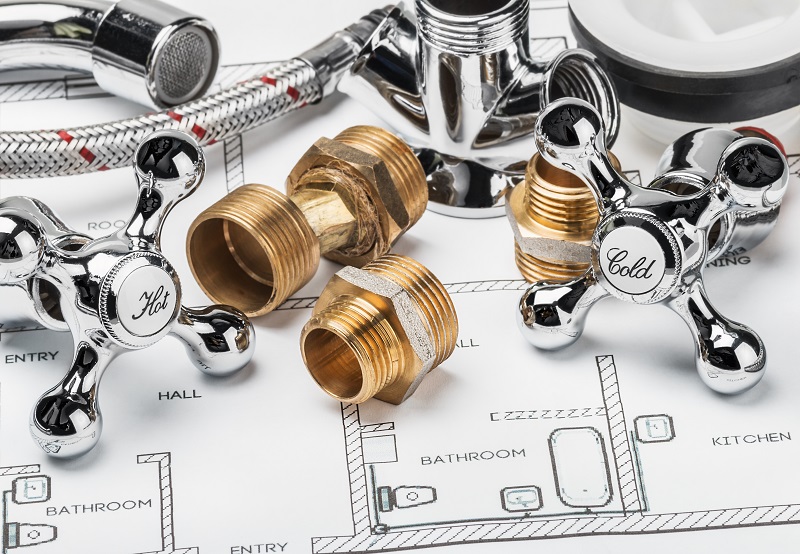Understanding Your Home’s Plumbing System

Your home’s plumbing system is an essential part of daily life, but it’s often something we only think about when problems arise. Understanding how your plumbing works can help you keep it in good condition, avoid costly repairs, and respond effectively to common issues.
The Basics of Plumbing
At its core, a home’s plumbing system is divided into two main systems: the water supply system and the drainage system.
- Water Supply System: This system brings fresh water into your home from a local water utility or a well. It includes the main water line, which connects to your home’s plumbing, and a series of pipes that carry water to faucets, showers, toilets, and appliances like dishwashers and washing machines. The water supply system operates under pressure, which allows water to flow easily throughout your home.
- Drainage System: This system removes wastewater from your home. It includes a network of pipes that carry water away from sinks, tubs, toilets, and appliances. Wastewater flows through drainpipes and eventually exits your home via the sewer line, which leads to a public sewer system or a septic tank. Unlike the water supply system, the drainage system relies on gravity to move waste out of your home.
Vital Parts of Your Plumbing System
Several important components ensure that your plumbing system runs smoothly:
- Pipes: The most fundamental part of your plumbing system, pipes carry both fresh water and wastewater. They can be made from various materials, including copper, PVC, and PEX, each with its own advantages and limitations. For example, copper pipes are durable and resistant to corrosion, while PVC is cost-effective and easy to install.
- Fixtures: Fixtures are the points where you interact with the plumbing system—faucets, toilets, sinks, and showers. These need to be maintained to ensure proper water flow and prevent leaks or blockages.
- Water Heater: Most homes have a water heater that heats water for daily use. Depending on the model, a water heater can use electricity, gas, or solar energy to maintain a consistent water temperature. Regular maintenance, such as flushing the tank, can help extend its lifespan and improve efficiency.
- Sewer Lines: Your sewer line is a vital part of your drainage system. It carries all wastewater from your home to a septic tank or municipal sewer system. Regular inspection and maintenance of your sewer line can prevent clogs and backups, which can lead to costly repairs.
How to Maintain Your Plumbing System
Regular maintenance is key to preventing plumbing issues. Some tips to keep your plumbing in top shape include:
- Check for leaks: Regularly inspect faucets, pipes, and water heaters for signs of leaks. Addressing them early can prevent extensive damage.
- Clear drains: Use strainers to prevent hair and debris from going down drains, and periodically flush pipes with hot water to clear any buildup.
- Inspect water pressure: If you notice weak water pressure, check your pipes for potential blockages or call a plumber to assess the issue.
- Schedule professional inspections: Having a professional plumber like Elite Plumbing & Sewer inspect your system every few years can help identify hidden issues before they become major problems.
Understanding your home’s plumbing system is essential for maintaining a safe, functional home. Learning about how your plumbing works and taking a proactive approach to maintenance can help you prevent costly repairs and enjoy uninterrupted water service for years to come. Whether you’re dealing with a minor leak or preparing for a major renovation, keeping your plumbing in good condition is an investment in your home’s long-term health.